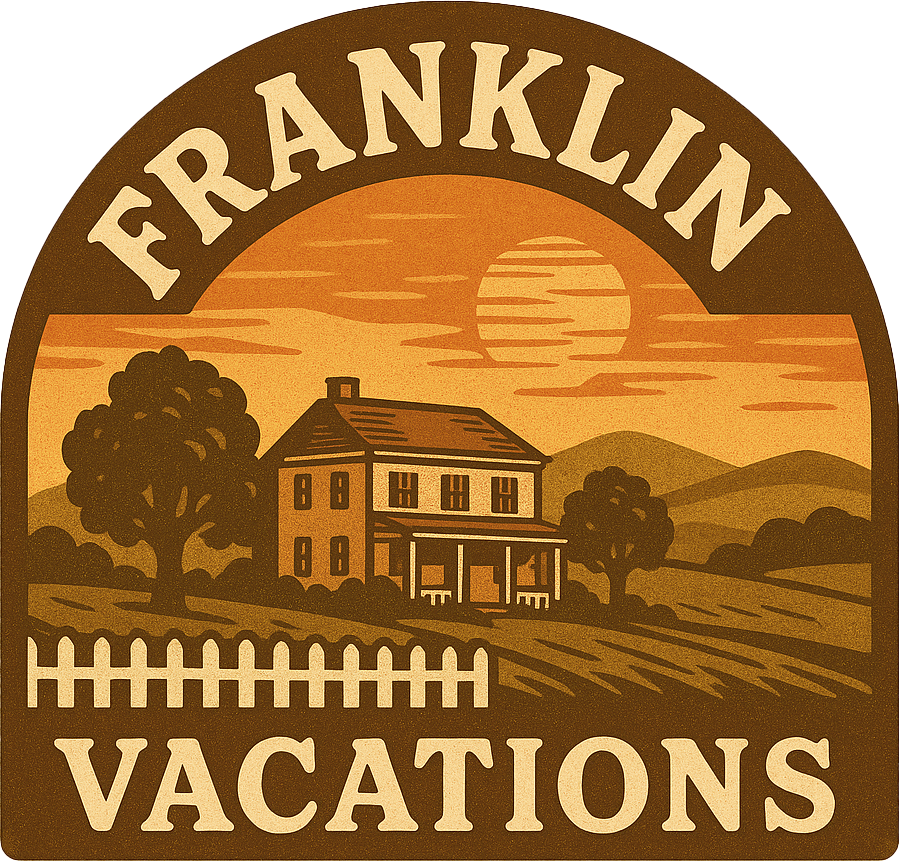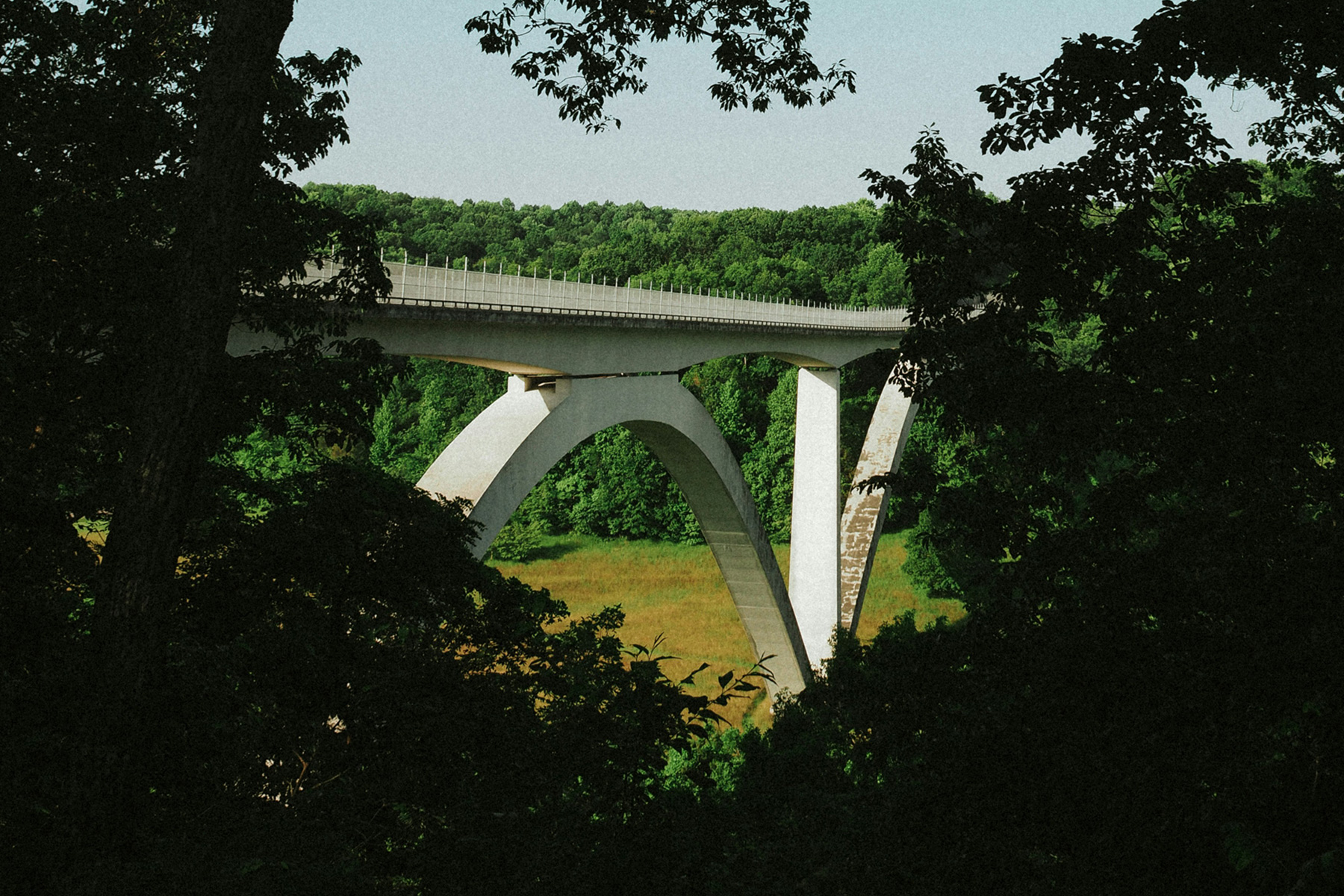Stretching 444 miles through Mississippi, Alabama, and Tennessee, the Natchez Trace Parkway is more than just a scenic drive—it’s a living timeline of American history and natural beauty. If you’re looking for a perfect plan around this route, this Natchez Trace Parkway travel guide will help you explore the best sights and stops along the way.
A Historical Overview
Ancient Pathways
Native American tribes such as the Chickasaw, Choctaw, and Natchez utilized these interconnected trails long before Europeans arrived. The Trace was essential for trade, communication, and migration. Learn more about Native history on the Parkway.
European Expansion and the Kaintucks
In the late 18th and early 19th centuries, the Trace became vital for boatmen—known as “Kaintucks”—who floated goods down the Mississippi River and returned on foot via the Trace. It was also used by mail carriers and military troops. Meet the people of the Trace.
Modern-Day Preservation
The Parkway was established in 1938 and completed in 2005 to preserve the historical significance of the original trail. It’s now a protected scenic byway under the National Park Service. Learn about its preservation.
Planning Your Visit
The Parkway begins in Natchez, Mississippi, and ends near Nashville, Tennessee. Major access points exist near Tupelo, Jackson, and Florence. Use the access points guide for specific directions.
- Speed Limit: 50 mph in most areas.
- Amenities: No gas or food directly on the Parkway. Nearby towns provide lodging and services.
- Rest Stops: Available roughly every 50 miles with restrooms and picnic areas.
- Cell Coverage: Spotty—download offline maps or use the NPS App.
Top Highlights by State
Tennessee
- Meriwether Lewis Monument (Milepost 385.9) – The burial site of the famed explorer.
- Fall Hollow Trail (Milepost 391.9) – A short hike to picturesque waterfalls.
- Jackson Falls (Milepost 404.7) – A scenic spot with a quick, rewarding hike.
- Double Arch Bridge (Milepost 438) – An award-winning bridge near the end of the Parkway.
Things to Do
Hiking & Biking
The Parkway includes several trails under the Natchez Trace National Scenic Trail, offering hiking, biking, and horseback riding options.
Camping
Multiple primitive and developed campgrounds are located along the Parkway. For camping info and reservations, visit the camping page.
Wildlife & Scenic Views
Travelers may spot deer, wild turkey, foxes, and dozens of bird species. Spring and fall are especially vibrant for wildflowers and foliage.
Cultural Significance
The Parkway is a living cultural corridor, also linked to darker chapters in U.S. history like the Trail of Tears. Interpretive signs and exhibits along the way honor the diverse peoples who used this ancient road—from Native Americans to enslaved persons and early settlers.
Conclusion
Whether you’re planning a day trip, a cycling adventure, or a multi-day road journey, this Natchez Trace Parkway travel guide offers a rare mix of natural serenity and rich American history. For a perfect weekend plan nearby, check out our Weekend Getaway Itinerary in Franklin, TN to explore more of the beautiful region.

